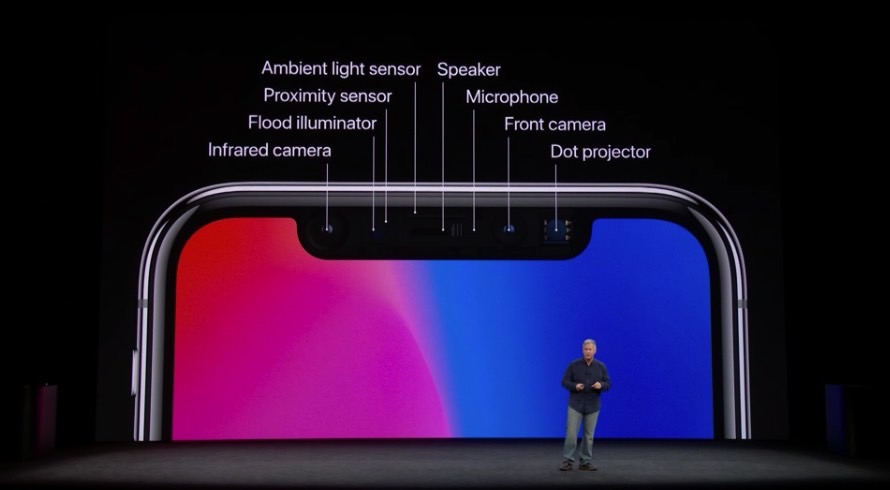A series of reports offered somewhat conflicting details on Apple’s iPhone X manufacturing process. Some said that Apple is pumping the brakes on certain component production even though the iPhone X is already delayed. Others said that Apple can’t make enough iPhone X units to meet the expected launch demand because of the TrueDepth camera parts that have seen poor yields. Even still, that report said Apple may have at least 10 million iPhone X units ready for the early November launch.
Now, a story from a reputable source says that “Romeo and Juliet” are to blame for the iPhone X’s delays and continued production woes.
It’s not Shakespeare’s Romeo and Juliet, but a pair of components that are known by the same name, The Wall Street Journal says:
The Romeo and Juliet components are yin-and-yang parts of the new facial-recognition system that will allow iPhone X owners to unlock their phones by scanning their faces, these people said.
Specifically, the Romeo module is the dot projector that beams 30,000 infrared dots across a user’s face, mapping his or her unique facial features. As you might have guessed by now, the Juliet module refers to the infrared camera that reads the pattern created by Romeo. These are the pieces of the puzzle that make Apple’s solution vastly superior and more secure than rival facial recognition tech from rivals such as Samsung.
Apparently, it takes more time to assemble Romeo than Juliet, which explains the imbalance in supply. The Journal’s report also seems to explain Digitimes’ earlier claims that said Apple is putting a temporary halt on production of certain iPhone X components. At the same time, some suppliers have to step up production to meet the minimum amount of parts Apple needs for this period.
These problems could “crimp supplies beyond typical initial shortfalls when the phone is released” November 3rd, The Journal says. Sources familiar with the matter added that the OLED screen made “the iPhone X road to production bumpy,” revealing that Apple initially planned to include a fingerprint sensor in the display itself. That approached proved to be problematic, and Apple eventually scrapped the plan, which contributed to the iPhone X release being pushed back to November.








